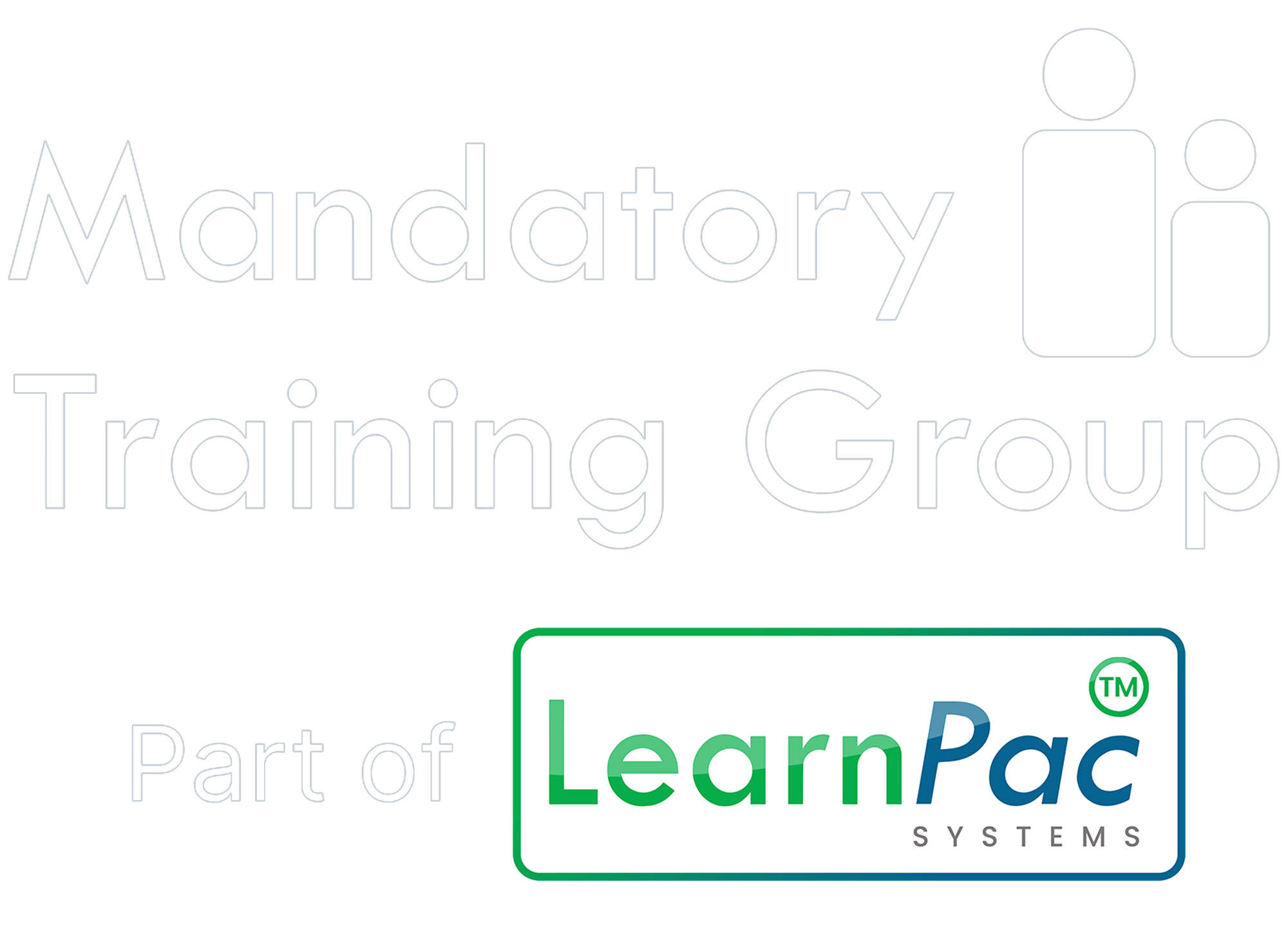You have no items in your shopping basket.
Key facts and statistics
Each year in the UK, thousands of children are involved in medical emergencies that may require CPR. The survival rate in paediatric emergencies significantly improves when immediate resuscitation is provided. According to the Resuscitation Council UK, the timely application of CPR in paediatric cases can double or triple a child's chance of survival before reaching a hospital. These statistics underline the profound impact that knowledge and training in paediatric CPR can have on outcomes in emergency situations.
Key definitions
- Cardiopulmonary Resuscitation (CPR) - A life-saving technique used in emergencies where a person's breathing or heartbeat has stopped.
- Paediatric CPR - Refers to the method of administering chest compressions and rescue breaths to infants and children to maintain circulatory flow and oxygenation during cardiac arrest.
Relevant legislation and regulations
In the UK, the Health and Safety (First-Aid) Regulations 1981 mandate that employers ensure the availability of appropriate first-aid equipment and trained personnel. This includes training in paediatric CPR for settings like schools and childcare facilities, as governed by the Early Years Foundation Stage (EYFS) framework.
Best practices
The Resuscitation Council UK provides guidelines specific to paediatric CPR, emphasising:
- The use of one hand for chest compressions in children and two fingers in infants.
- Give five initial rescue breaths before starting compressions.
- Ensuring that resuscitation training for childcare providers is refreshed annually.
How to perform CPR on children and babies
- Safety first - Ensure the environment is safe for both the rescuer and the child.
- Check responsiveness - Gently tap and shout to check if the child is responsive. For infants, flick the bottom of the foot.
- Call for help - Dial 999 immediately if there is no response.
- Open the airway - Tilt the head back and lift the chin to open the airway.
- Check for breathing - Look, listen, and feel for no more than 10 seconds.
- Administer rescue breaths
- Infants - Cover the infant's mouth and nose with your mouth and give 5 initial gentle breaths.
- Children - Pinch the nose, seal your lips around their mouth, and blow in to visibly raise the chest.
- Start chest compressions
- Infants - Use two fingers to press down on the chest about 1.5 inches.
- Children - Use one or two hands to compress the chest by about 2 inches.
- Continue CPR - Follow the cycle of 30 compressions to 2 breaths. Do not stop until emergency services arrive or the child shows signs of life.
Recommendations
The theoretical knowledge of paediatric CPR must be complemented by practical training. Enrol in a certified CPR course that includes paediatric modules. Regular refresher courses are crucial to maintain the competence and confidence to perform CPR under stress.
Conclusion
Understanding how and when to administer CPR to children and babies is an invaluable skill that can save lives. We encourage all caregivers, including parents, teachers, and health professionals, to seek accredited CPR training and update their skills.
At The Mandatory Training Group, we offer comprehensive first-aid training courses tailored to meet the needs of anyone who may need to provide emergency care to children. Our courses are designed to comply with the latest UK regulations and best practices. Click here to learn more about our accredited first aid training and qualifications and secure a spot in our next session. Prepare yourself to make a difference in a child's life.
Disclaimer: This blog is for informational purposes only and should not be considered medical advice. Always seek professional medical assistance in emergency situations.
About the author
Dr Richard Dune
With over 20 years of experience, Richard blends a rich background in NHS, the private sector, academia, and research settings. His forte lies in clinical R&D, advancing healthcare tech, workforce development and governance. His leadership ensures regulatory compliance and innovation align seamlessly.

Contact us
Complete the form below to start your ComplyPlusTM trial and transform your regulatory compliance solutions.



